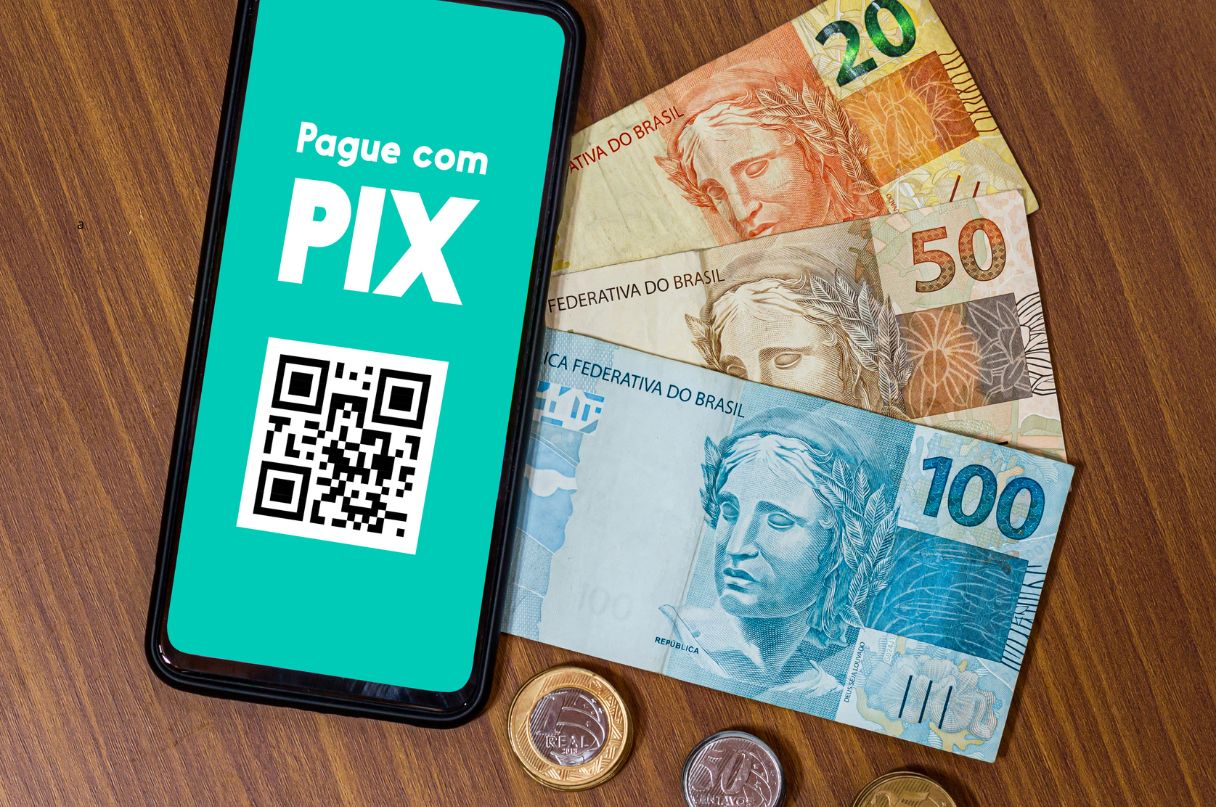Ready to complete four years of operation, Pix has established itself among the means of payment in Brazil. The immediate – and free – transfer of values conquered Brazilians, revolutionizing their financial daily lives. According to data from the Central Bank (BC), in September last year, 5.6 billion transactions were made through Pix, with 169.3 million users. Compared to the same period in 2023, the increases were 46.7% and 9.5%, respectively. However, success does not allow authorities to become complacent. As with any innovation, constant adjustments are necessary to improve the system and enhance its security conditions.
With Pix, it is no different. Being a widely used and accepted means of payment in the country, it requires constant monitoring for prevention, control, and solution of scams and fraud. This constant vigilance helps maintain the solidity and reliability of this means of payment. Not by chance, new BC rules for Pix will come into effect on November 1st. The intention of the monetary authority is to strengthen security for users.
One of the main changes is the obligation for banks to register devices for full access to the system. With this new rule, users will need to register their devices (cell phones, laptops, and desktops) to make transfers via Pix. Without registration, the maximum value per transfer will be only R$ 200, with a daily limit of R$ 1,000. In practice, this measure aims to restrict movements through new or unknown devices, ensuring more security in situations where banking access occurs via third-party devices – which is very common in data leaks or in thefts of logins and passwords.
In another front of action, the BC encourages financial institutions to adopt more effective methods for identifying transactions that are outside each user’s behavior profile. With this action, it aims to lead banks to prevent fraud proactively. Along the same lines, the BC now requires financial institutions to internally conduct periodic customer verifications – a practice known as ‘know your customer’ (KYC) – every six months. The idea is for institutions to compare the data with fraud records maintained by the BC.
Together, these actions have a dual positive effect. Besides helping reduce problems with scams and frauds related to Pix, they tend to strengthen the entire financial ecosystem. This is because they make it harder for criminals who often swap devices to evade tracking – whether in Pix frauds or with other financial market instruments. In other words, system-wide protection is expected to become even more robust.
The fourth anniversary of Pix brings not only security-related news. The BC is also adopting innovations that have been long-awaited. A good example is the recurring Pix, set to begin in 2025. This tool will allow automatic payment of utility bills (water, electricity, telephony, among others), providing greater convenience for both customers and suppliers.
Gradually, with the help of the good acceptance of Pix, features such as DDA (direct debit authorization) and recurring Pix are likely to overcome the initial user resistance and gain more and more adoption. This happens as these tools prove to be effective in increasing security and convenience in payments for essential services. These innovations offer benefits not only to consumers but also to suppliers, who can rely on greater financial predictability.
All this context reflects a natural evolution of the instant payment ecosystem in Brazil, driven by the widespread adoption of Pix in Brazil. And, with continuous improvements, the system adapts to market demands while enhancing security, creating opportunities for products and services in various sectors that already use Pix as the primary means of financial transaction.






